Zero Robotics High School Tournament 2012 (ESA Only)
Info
Teams
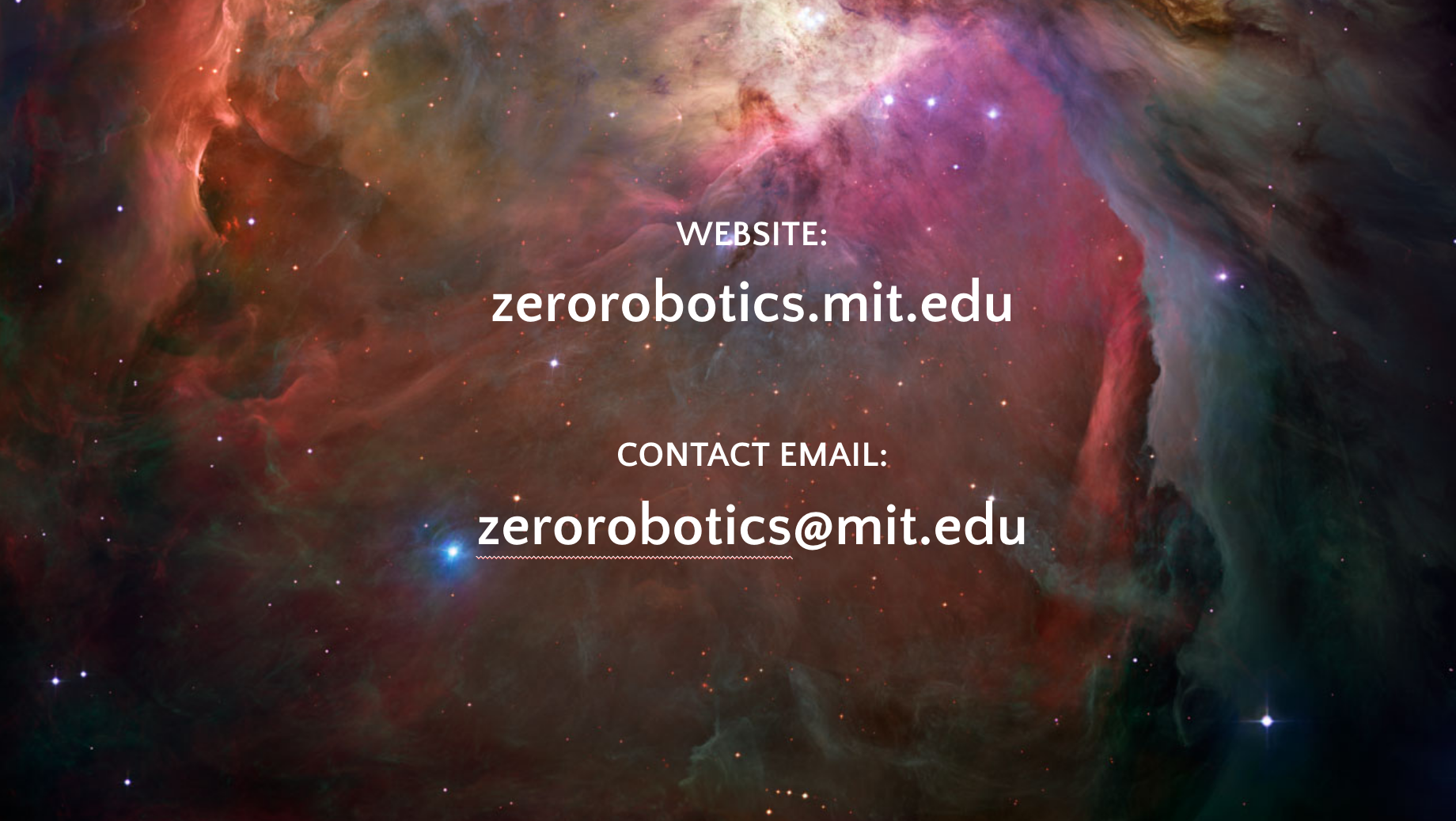
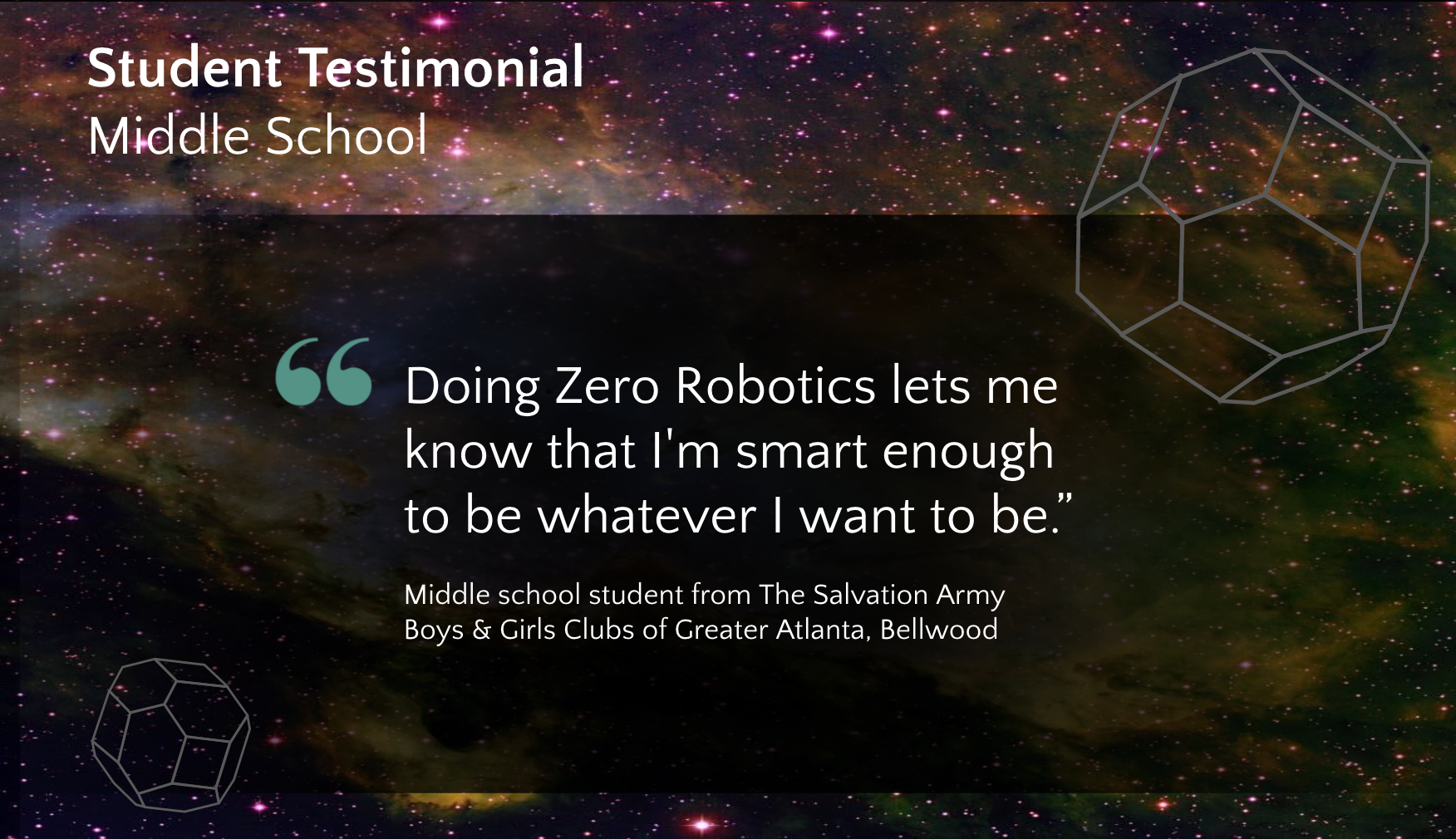

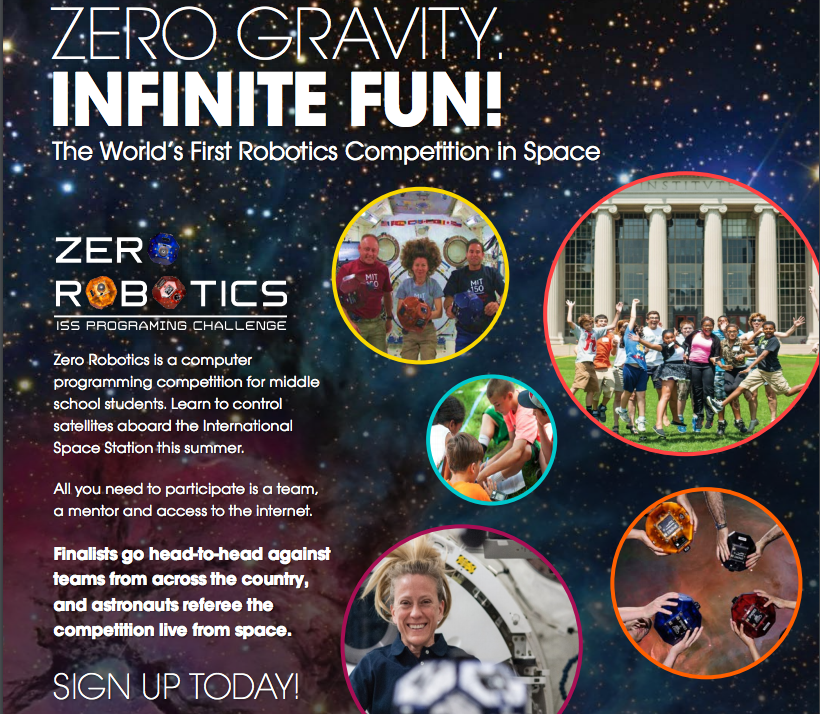
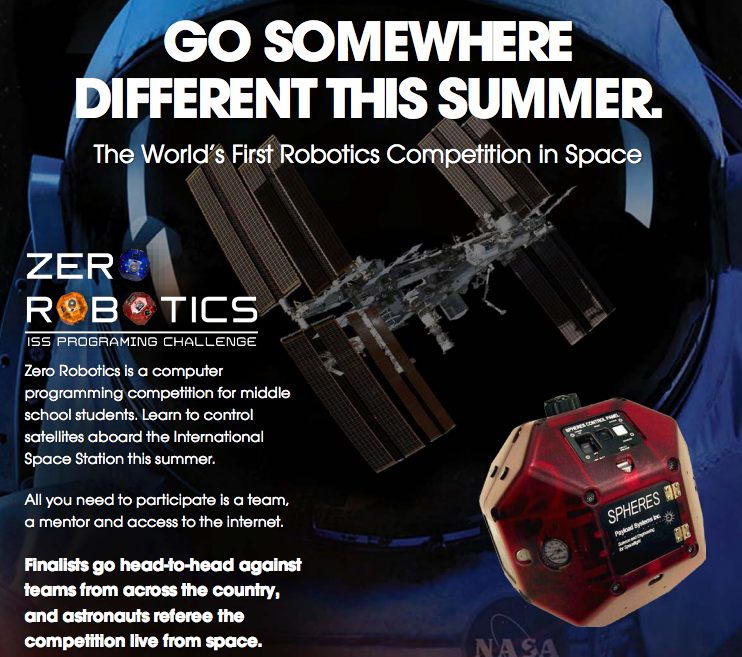

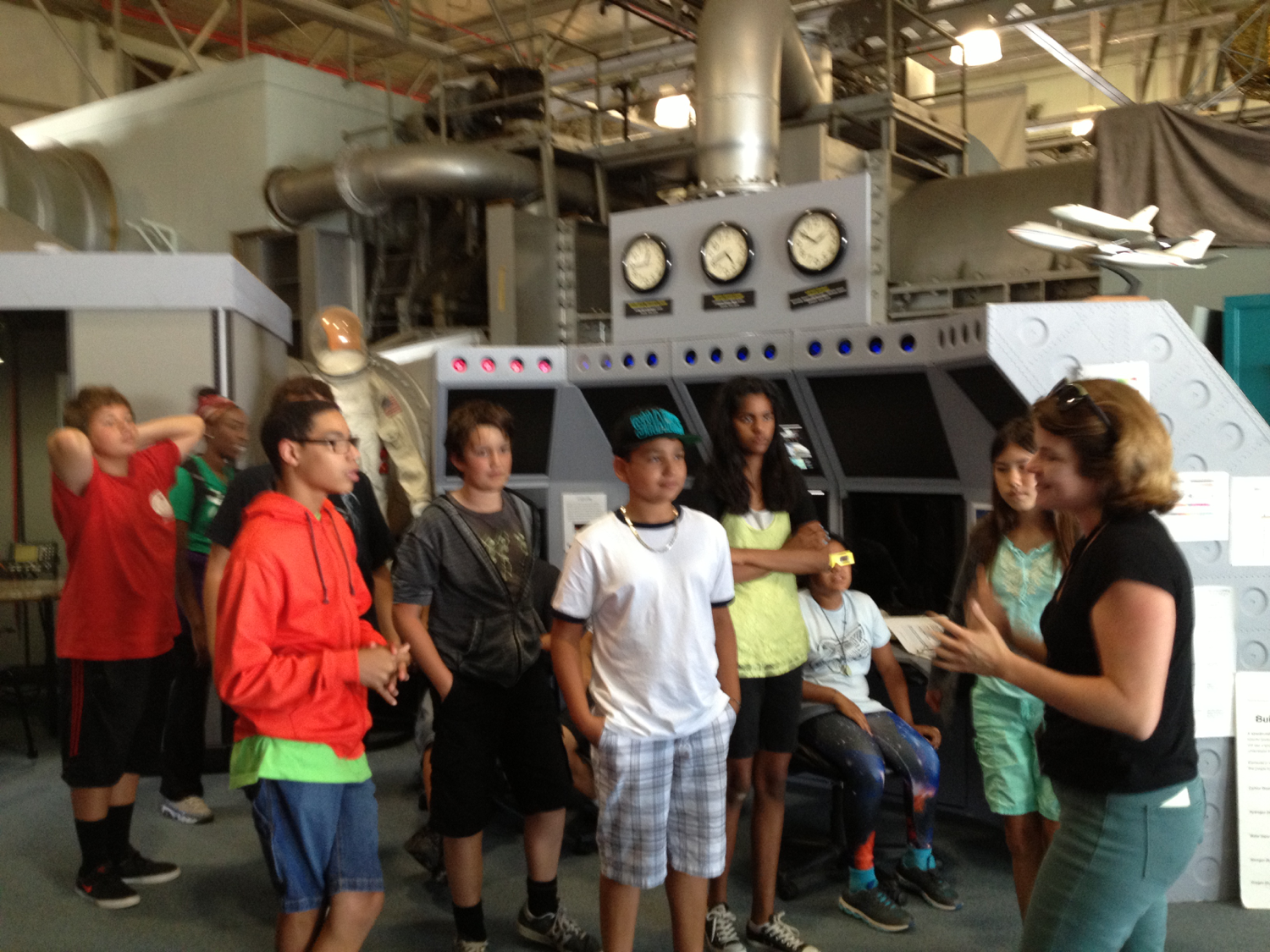
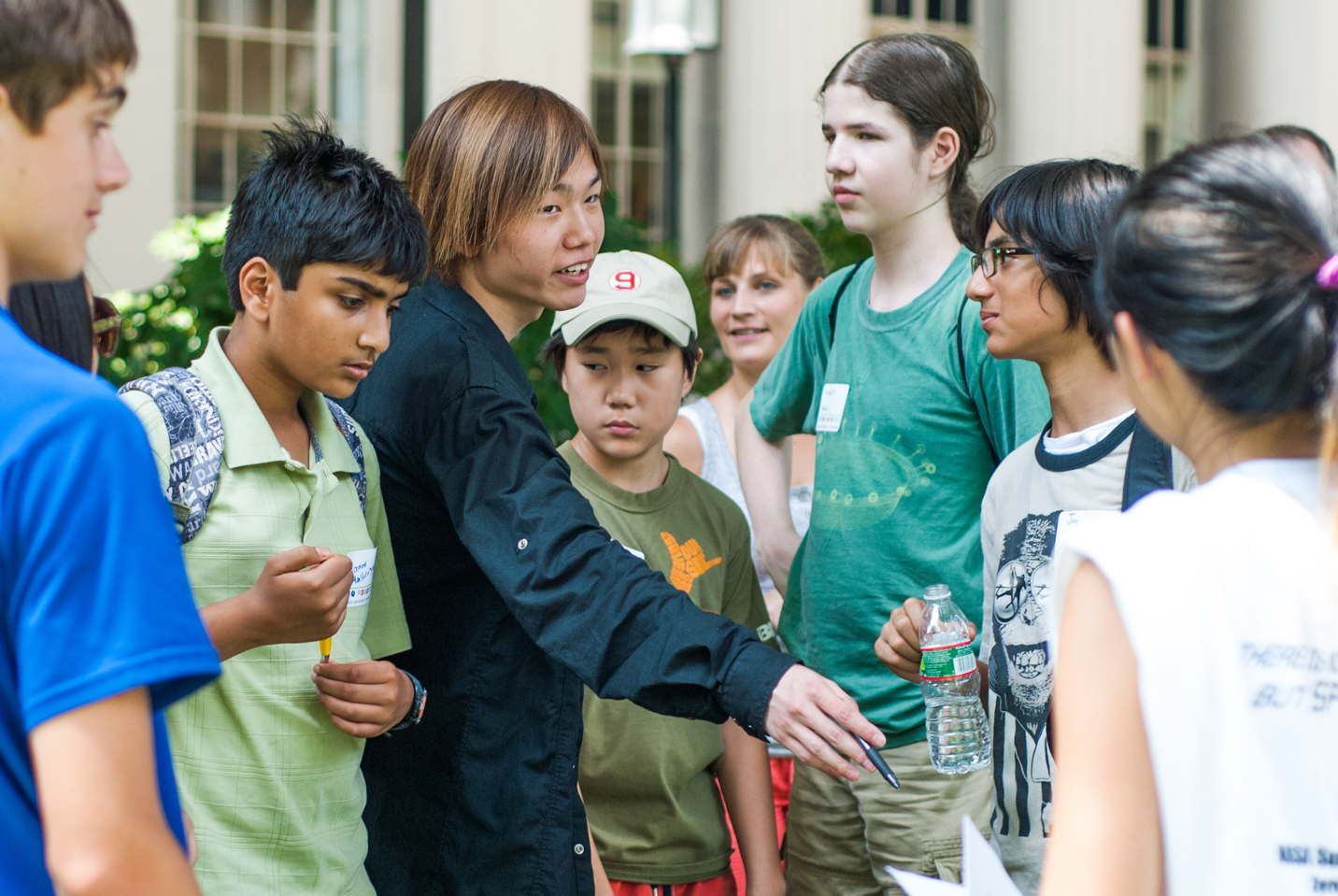


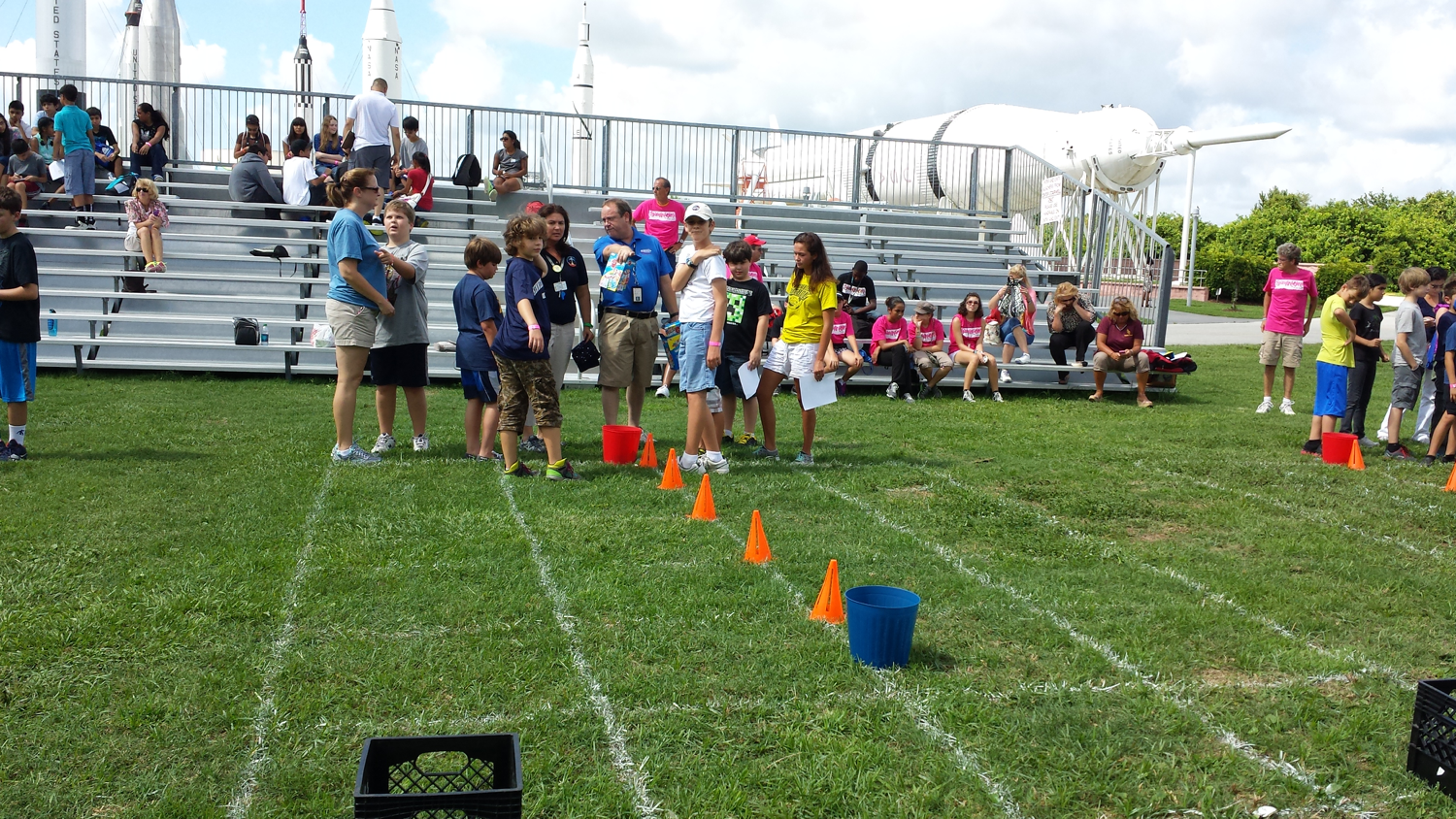
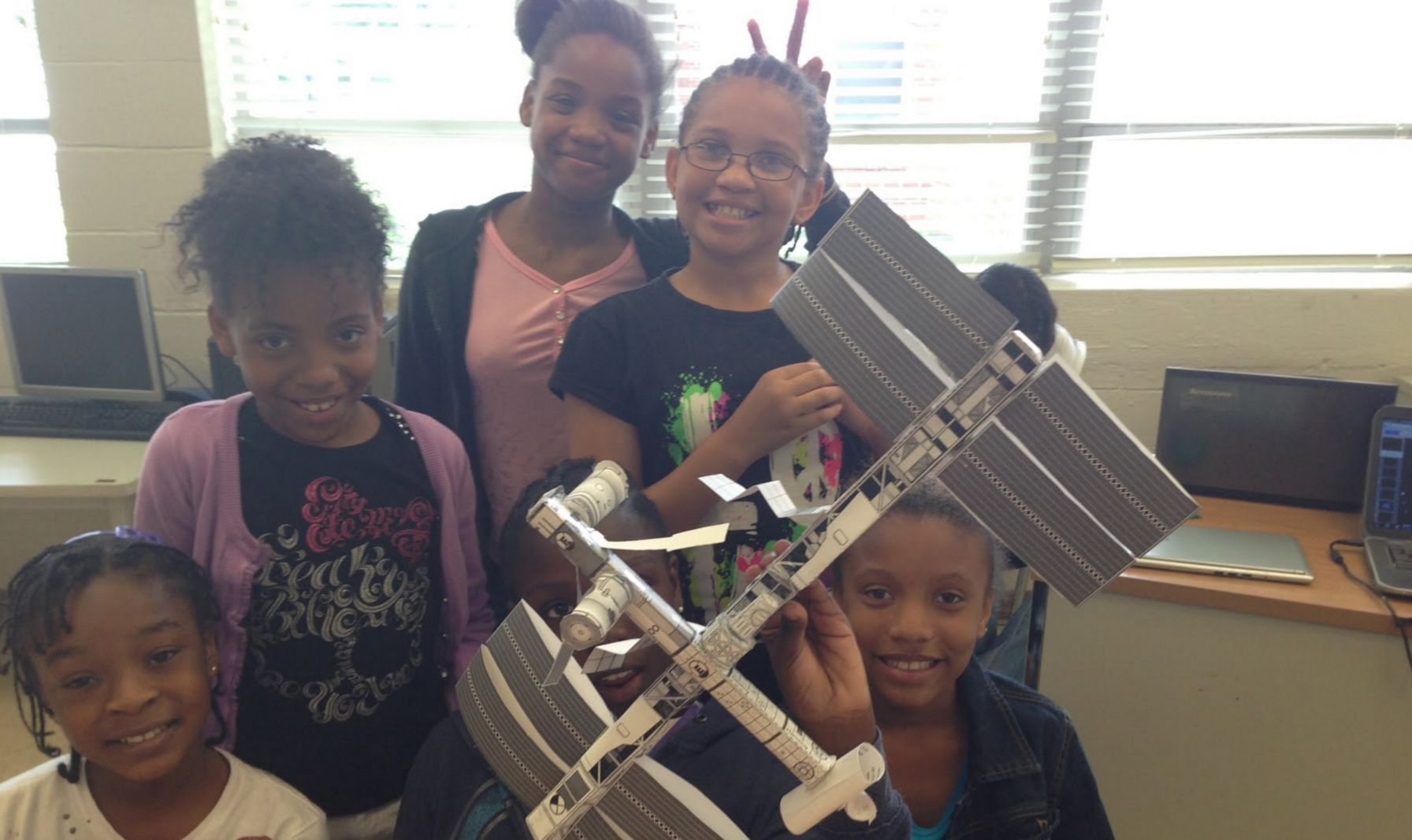


The 2nd European Space Agency Pilot for Zero Robotics takes place from September to December 2012. This year the tournament is open to teams from all 19 ESA Member States (listed in the Official Rules below). The ESA Pilot will join in parallel with the USA Tournament.
The ESA tournament has specific rules for eligibility and application of European teams, presented in the Official Rules below.
OFFICIAL RULES
The Zero Robotics High School Tournaments are held every Fall to open the world-class research facilities on the International Space Station (ISS) to high school level students (equivalent to US grades 9-12, approximately ages 15-18). Students will actually write programs at their High School that may control a satellite in space! The goal is to build critical engineering skills for students, such as problem solving, design thought process, operations training, and team work. Ultimately we hope to inspire future scientists and engineers so that they will view working in space as "normal", and will grow up pushing the limits of engineering and space exploration.
The participants compete to win a technically challenging game by programming their strategies into the SPHERES satellites. The game is motivated by a challenging problem of interest to DARPA, NASA and MIT. The programs are "autonomous" - that is, the students cannot control the satellites during the test itself. The tournament progresses in phases from 2D to 3D, gradually increasing in difficulty.
The USA and ESA tournaments are practically the same tournament, as competitors of both tournaments participate in the same steps of the competition until the top teams reach the finals where they see their software operate the SPHERES Satellites aboard the International Space Station. The only difference is that after the 2D/3D elimination round, ESA teams for alliances (groups of 3 teams) composed of teams from Europe while USA teams join other teams in the US. When the finalists reach ISS, ESA teams have an ESA final and USA teams have a USA final. Both finals are webcast live to MIT (for USA) and an ESA location within Europe (for ESA), with astronauts aboard the ISS refereeing the final competition.
Student teams can create, edit, save and simulate projects online. They may use a graphical block diagram editor or a C editor to write code, then simulate their program immediately and see the results in a flash animation. MIT provides the simulation and C programming interfaces via the Zero Robotics website--no special software is required. The simulation also enables teams to compete against themselves, against pre-coded standard players and challenge other teams informally; students have ample opportunities to test different versions of their strategies before submitting their code for a formal competition. All submissions to challenge others and to the competition are via the website. Students also have access to online tutorials and an MIT technical support system.
 Zero Robotics
Zero Robotics







